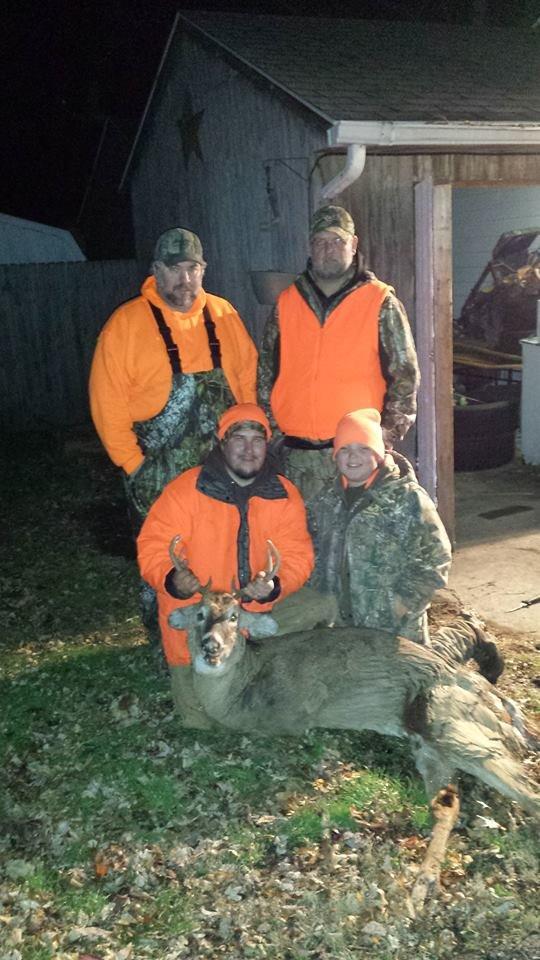Scientists Film Deer Eating Human Remains

A recent article in Popular Science reports that forensic scientists have caught a deer eating on a human carcass.
Let me set the macabre scene for you.
There is a 26-acre Forensic Anthropology Research Facility (FARF) in San Marcos, Texas, devoted to studying the decay of donated human remains. Back in July of 2014, researchers left a human body in a wooded part of FARF in order to learn how different scavengers leave their marks on human remains. They set up a motion-sensitive camera to see what animals would stop by. They expected to see foxes, turkey vultures, raccoons, coyotes and other carrion-loving critters feeding on the corpse. But after a few months, a totally unexpected woodland creature showed up to the table.
On January 5, 2015, the camera caught images of a young white-tailed deer standing near the skeleton with a human rib bone in its mouth. The scene repeated itself when on January 13 the camera caught a deer with another rib sticking out of its mouth. It's not clear whether it was the same deer in both cases.
This is the first known evidence of a deer scavenging human bones, and the authors published their findings in the Journal of Forensic Sciences.
However, it's not the first time deer have been documented dining on flesh. Deer have been filmed eating young birds, fish and small dead rodents. I wrote a blog about this unexpected food preference a few years ago.
Scientists think deer and other herbivores may occasionally seek out meat for minerals like phosphorus, salt and calcium that may be missing from their regular diets.
The paper documents the signs of deer dining on human bones to help forensic scientists with investigations of suspicious deaths. The report states ungulates tend to seek out dry bones of long-dead animals, and in particular bones with a rectangular cross-section. The zigzag motions of their jaws leave behind a stripped, forked pattern in the bone, the authors note. Carnivores, by contrast, seek out fresher remains and leave punctures and pits in the bone.
It's certainly rare for deer to munch on human remains, but being able to recognize the signs of deer teeth marks on bones may help investigators pinpoint where a body came from and how long it's been dead.
Have you ever witnessed a deer eating meat?
For more crazy outdoor stories, visit The Realblog and check out Realtree's Facebook page.







